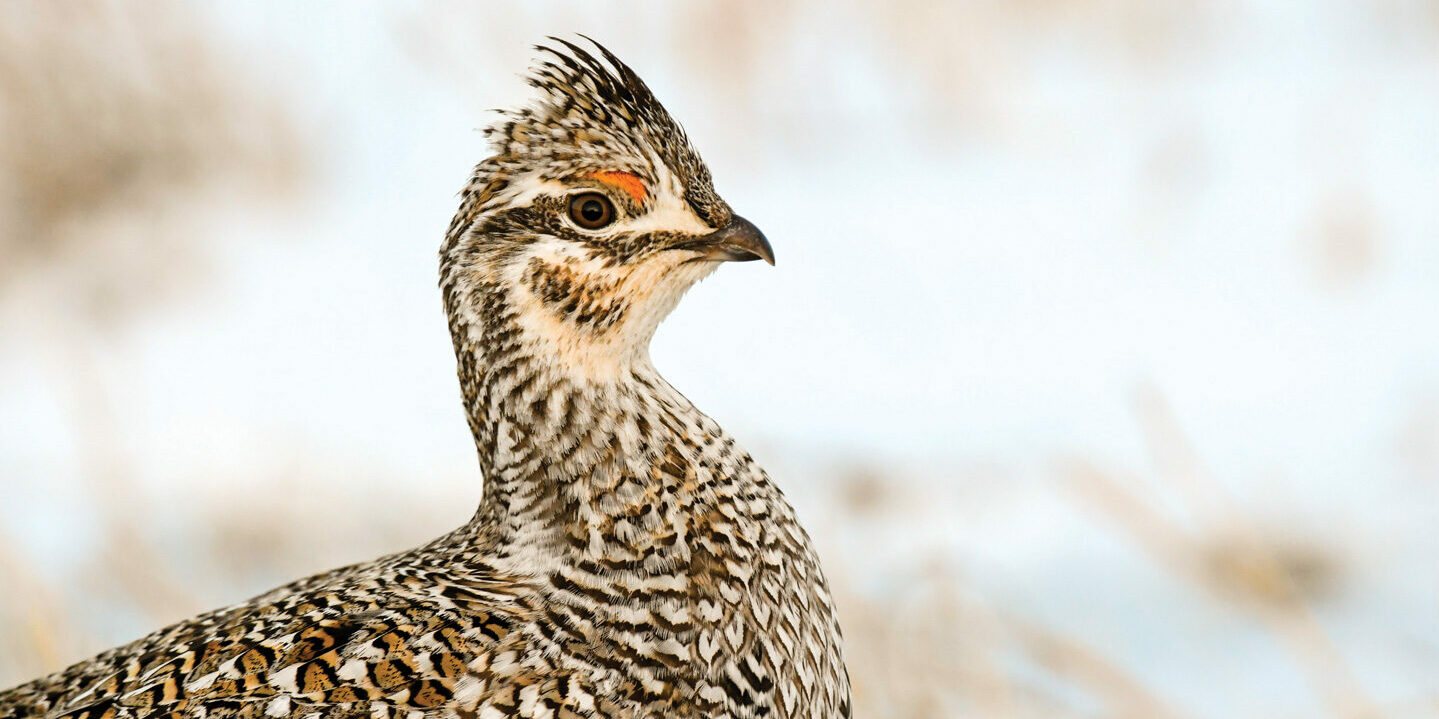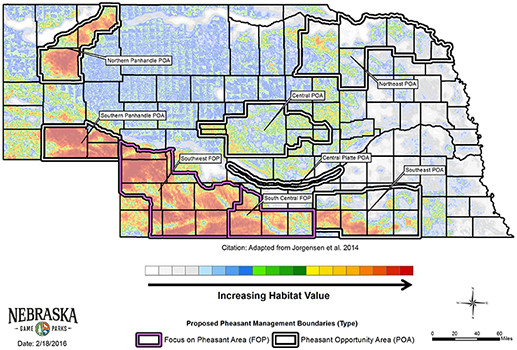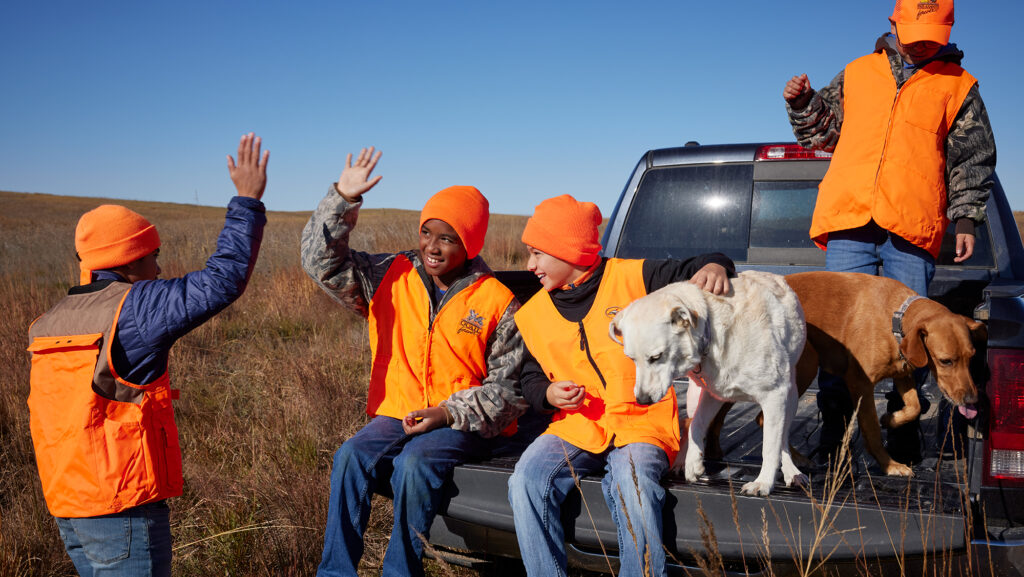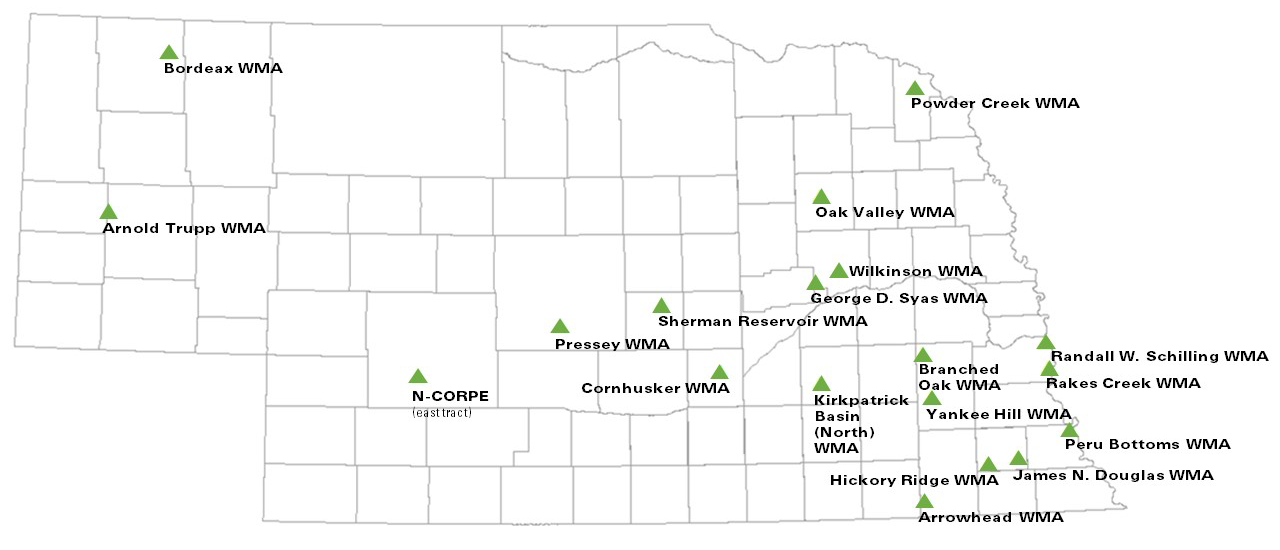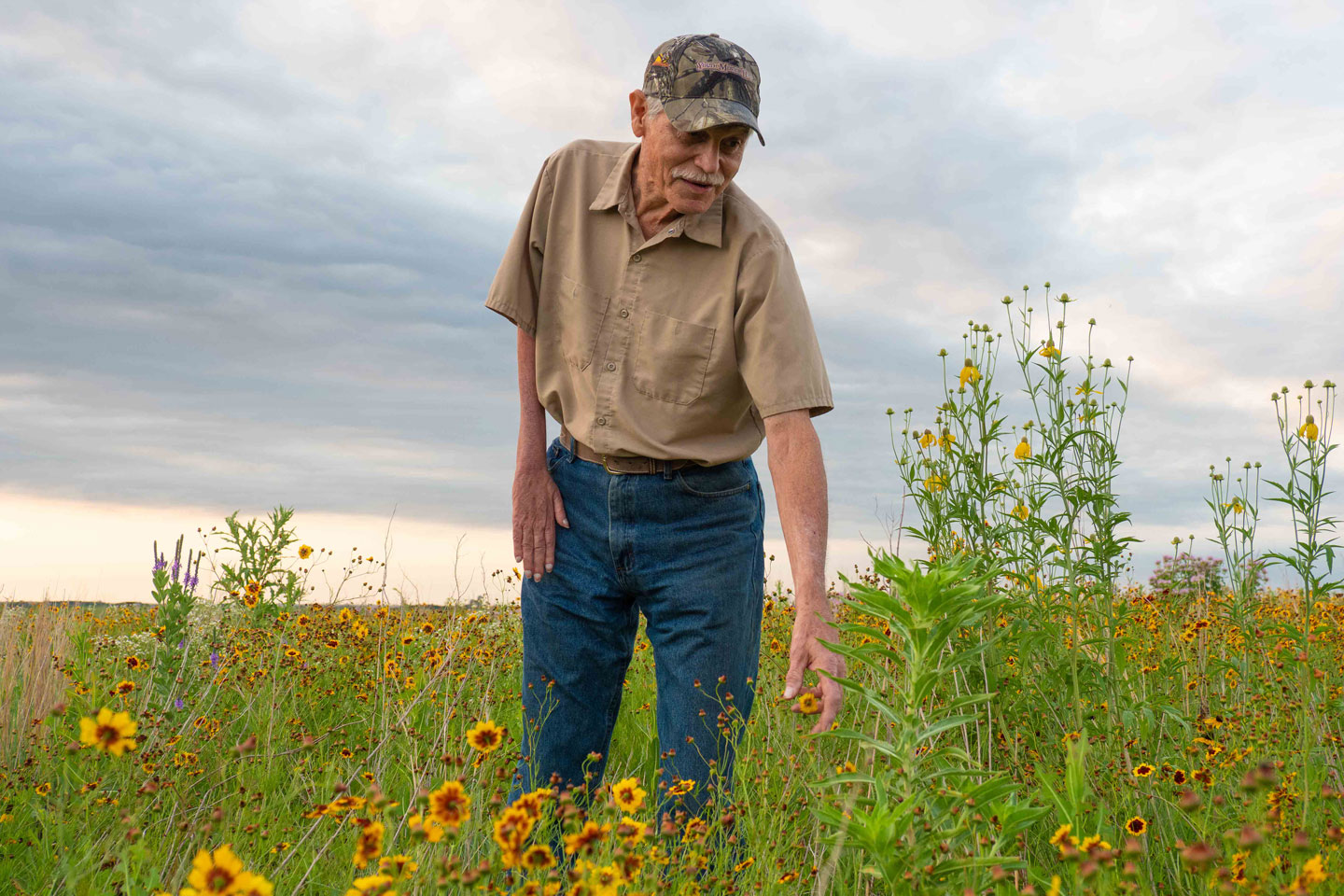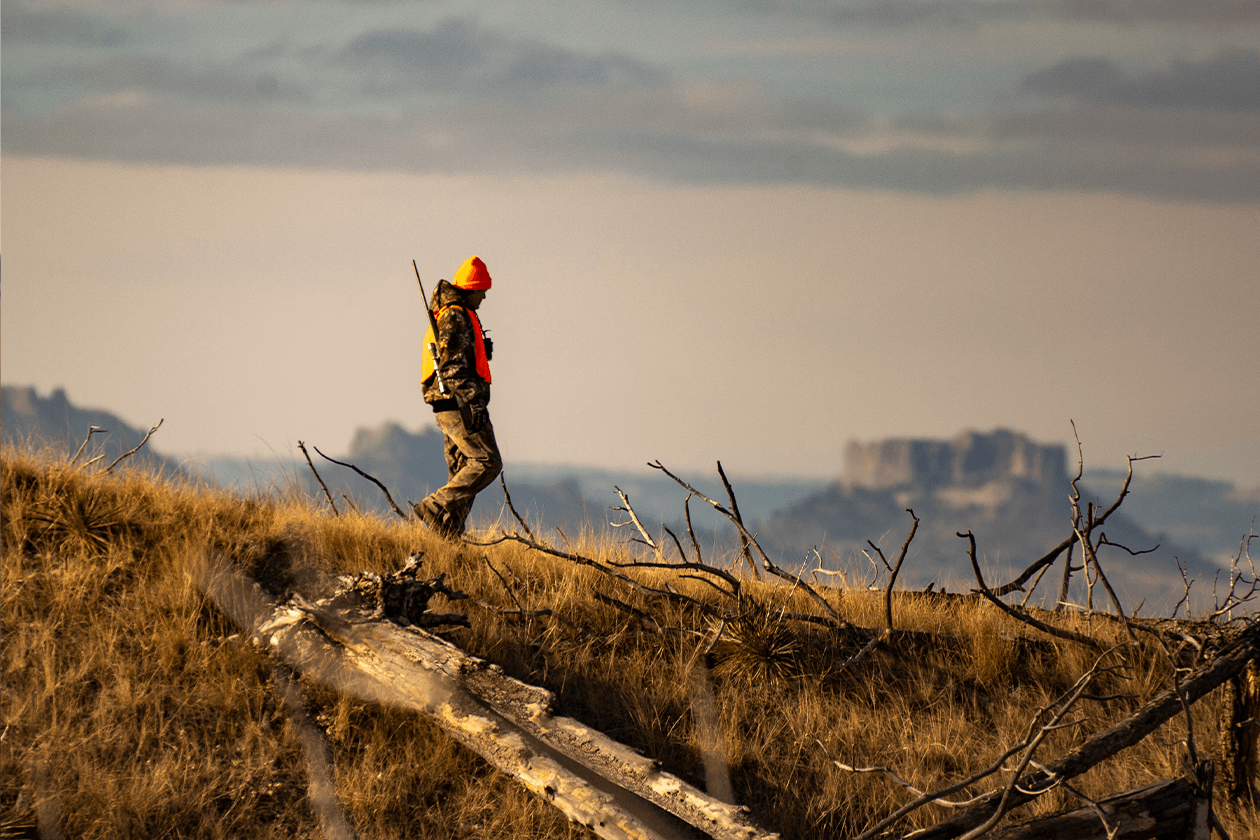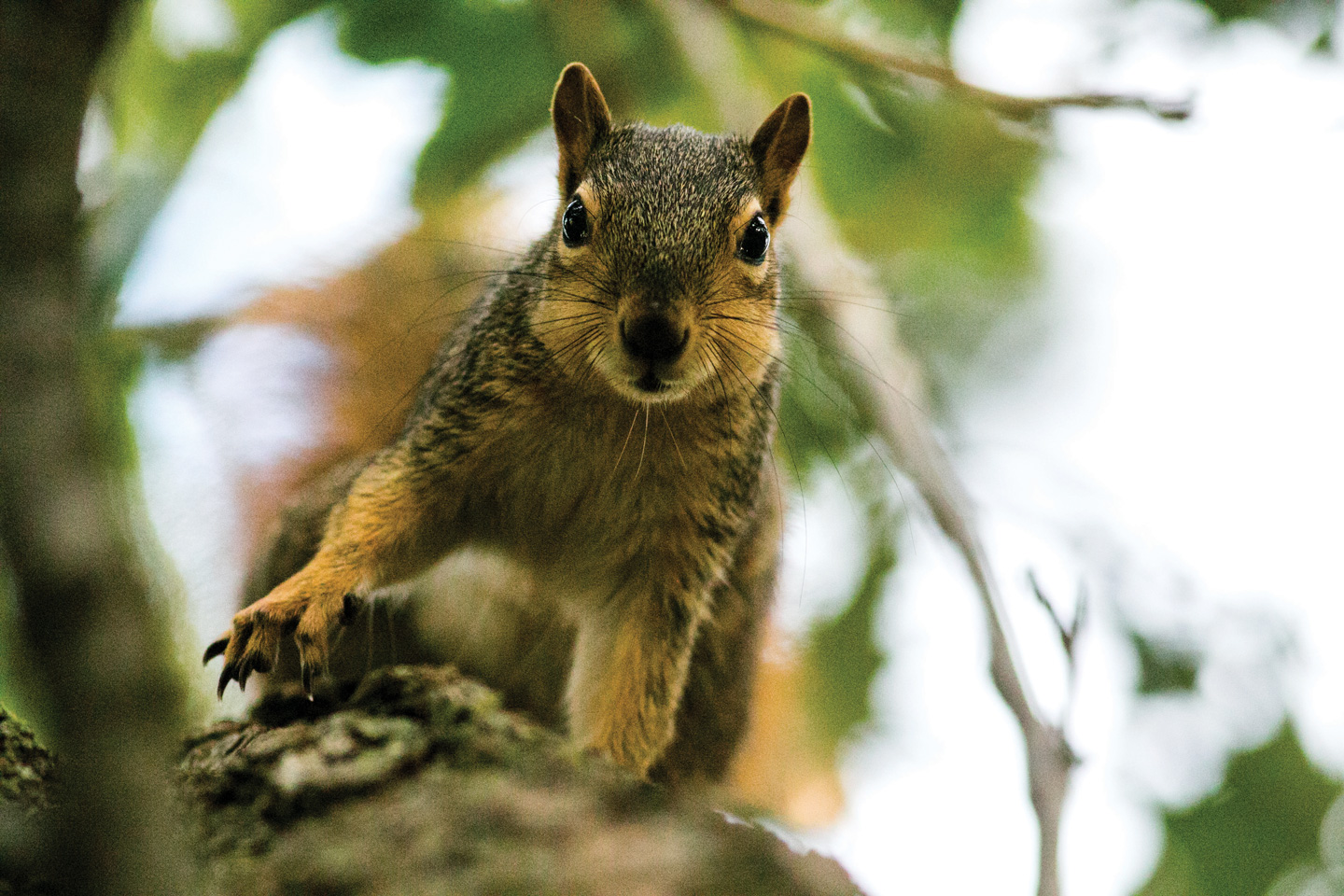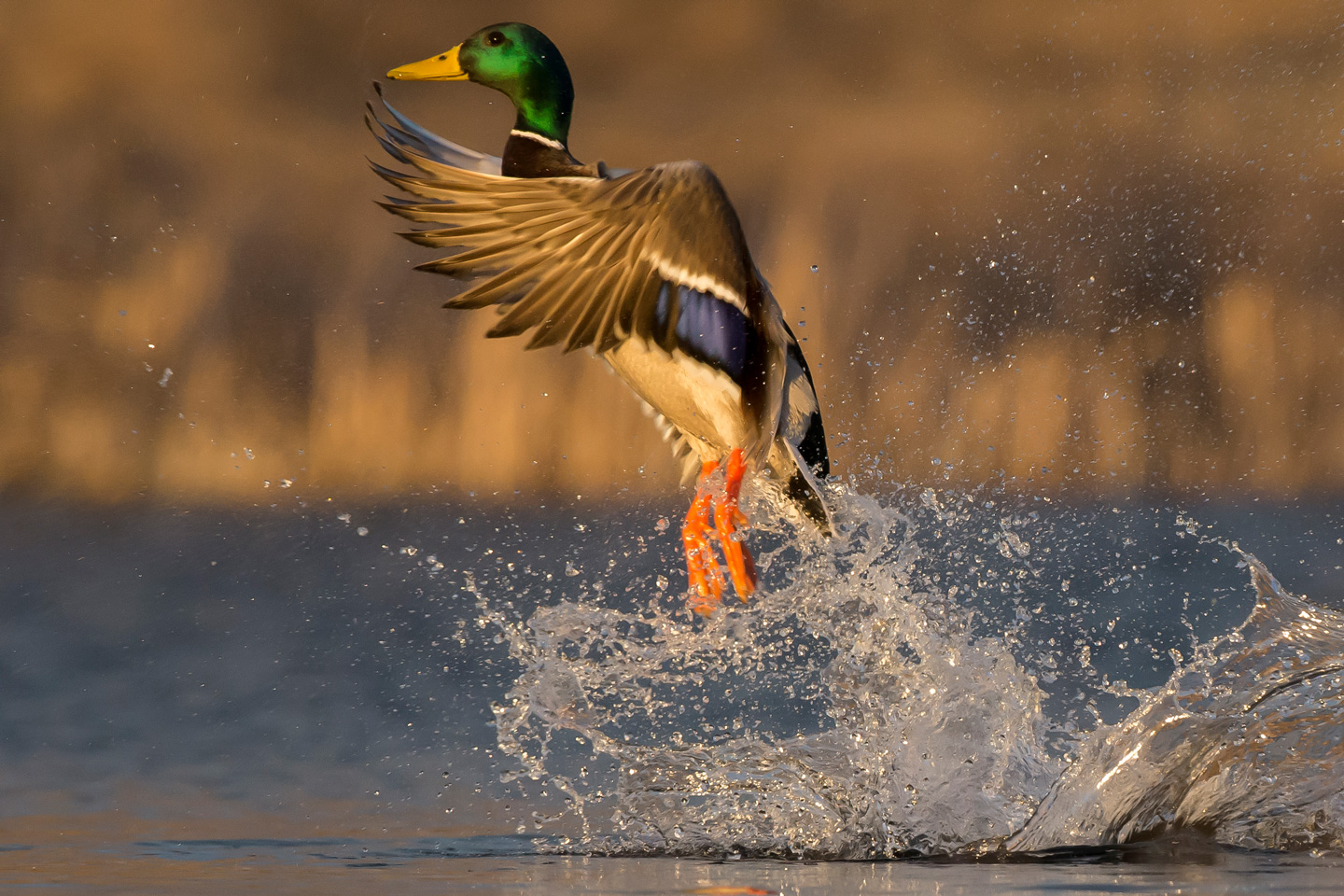Nebraska is home to two species of prairie grouse: the greater prairie-chicken and the sharp-tailed grouse. Greater prairie-chickens have a core range in the eastern Sandhills of Nebraska, but are also found where suitable habitat exists in portions of northeastern Nebraska, as well as south-central and southwestern Nebraska. There is a smaller population of greater prairie-chickens in southeastern Nebraska. Sharp-tailed grouse primarily occupy grasslands in the Sandhills of Nebraska, as well as west into the Panhandle. The range of both species overlaps in the Sandhills, and hunters may rarely encounter hybrid grouse in this area.
The Public Access Atlas displays some larger tracts of federal lands in the Sandhills which offer excellent prairie grouse hunting opportunities. Some CRP or grasslands enrolled in the OFW program can also hold good opportunities to the east, south or west of the Sandhills where the landscape is suitable for grouse.
As a rule of thumb, prairie grouse are found in highest numbers across large and open landscapes with few trees and an abundance of CRP or grassland. When pursuing prairie grouse along the mixed-grass, prairie dunes of the Sandhills, summer deferred pastures often provide thicker cover to hold birds. Within larger pastures, low-lying shrub thickets or forb patches can provide important food sources throughout the year.
Later in the season, birds may flush from farther distances, but prairie chickens, more so than sharp-tailed grouse, often frequent pivot corners or grasslands adjacent to corn or alfalfa fields. In other areas of the state, larger grasslands or pastures with weedy areas offering insects and seeds as food sources are often selected, but if the cover is too dense, grouse will avoid these areas.
